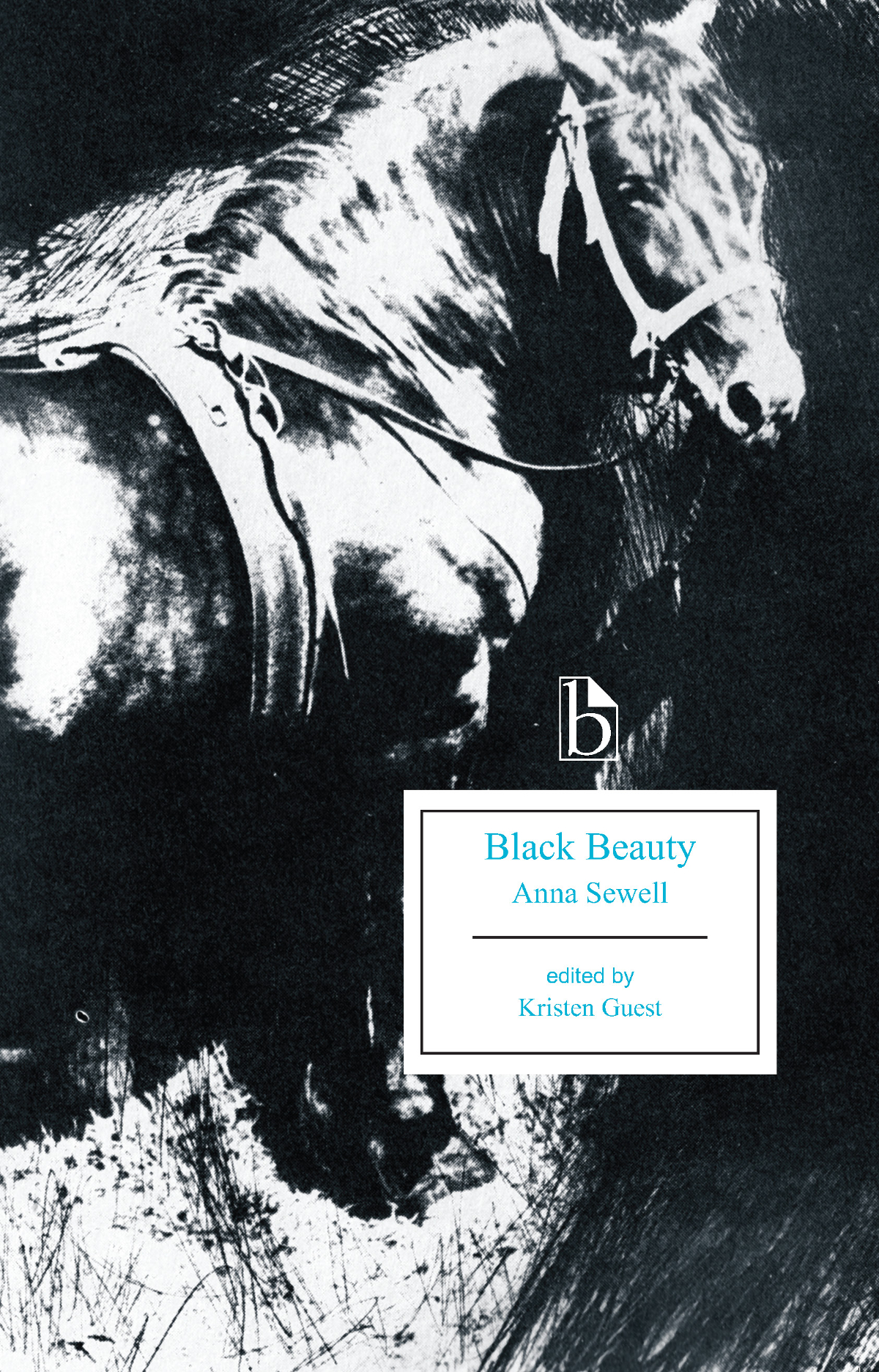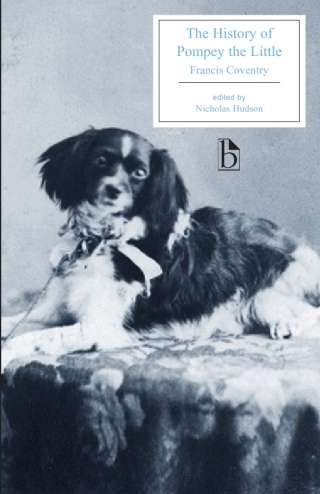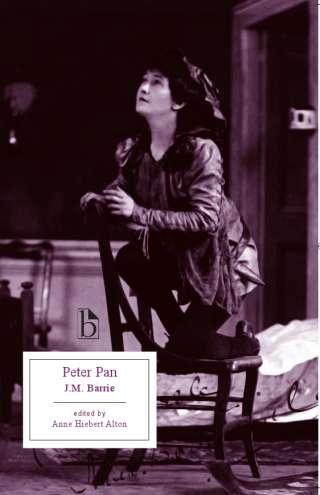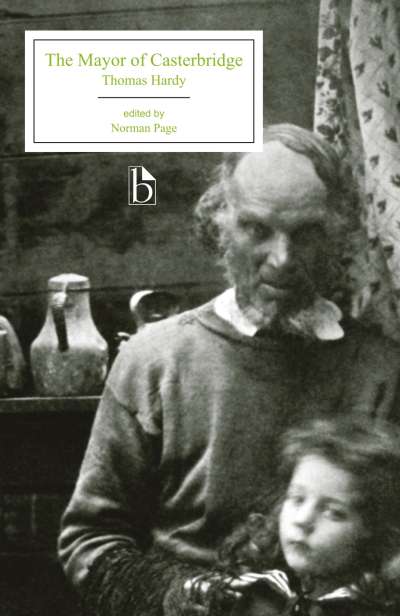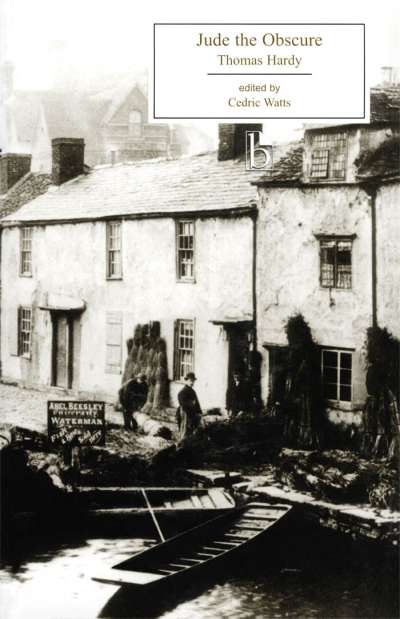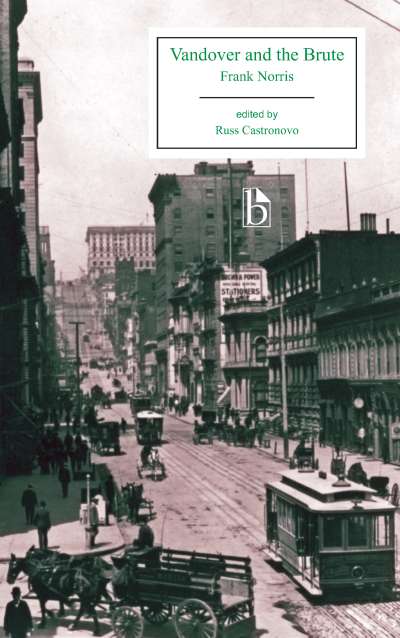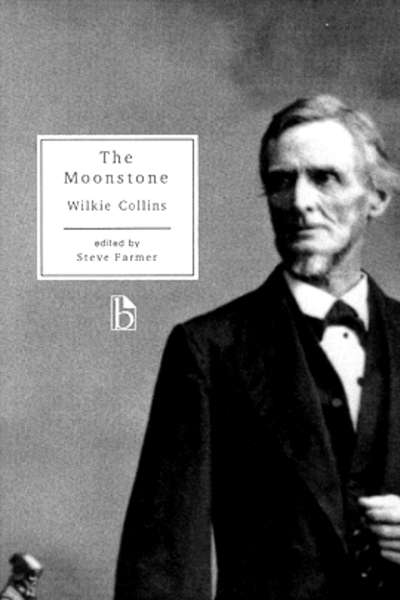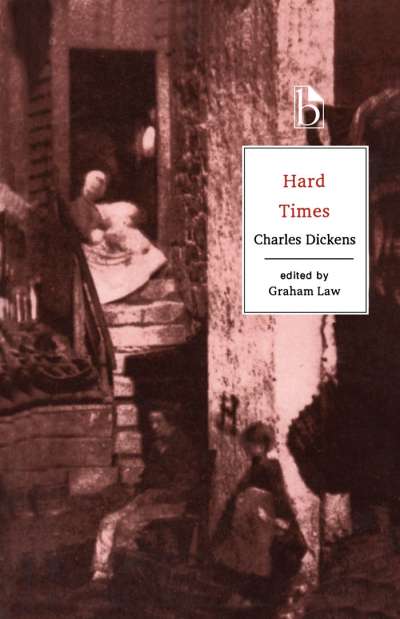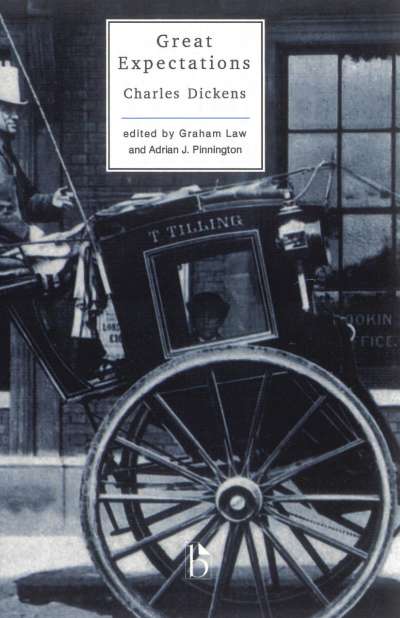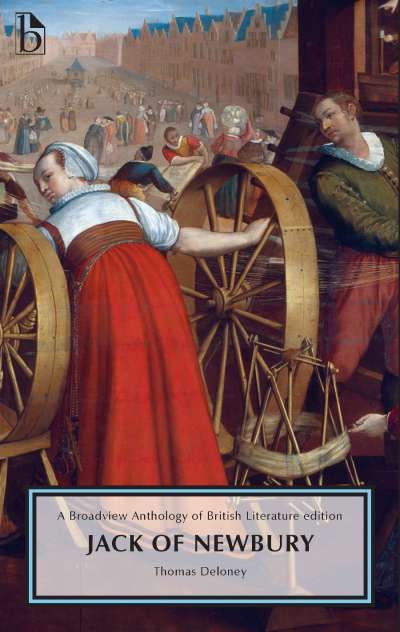Continuously in print and translated into multiple languages since it was first published, Anna Sewell’s Black Beauty is a classic work of children’s literature and an important text in the fields of Victorian studies and animal studies. Writing to “induce kindness, sympathy and an understanding treatment of horses,” Sewell realistically documents the working conditions of Black Beauty, who moves down the social scale from a rural carriage horse to a delivery horse in London. Sewell makes visible and tangible the experience of animals who were often treated as if they were machines. Though she died shortly after it was published, Sewell’s book contributed significantly to late nineteenth-century campaigns for humane treatment of horses and remains a seminal anti-cruelty text today.
The Broadview Press edition reproduces the first edition of 1877, restoring material often abridged in other modern editions. Appendices include materials on contemporary animal-rights movements, “equine management,” and Victorian understandings of animal emotions.
Comments
“No animal narrative captures the complexity of Victorian relations with animals better than Black Beauty. This edition offers an invaluable introduction to the novel and the burgeoning field of Victorian animal studies. In addition, Guest’s excerpts of primary documents plunge readers into the physical, material, and affective conditions not only of domestic animals, but also of the authors and advocates who longed to understand and protect them.” — Teresa Mangum, University of Iowa
“Students, as well as the growing number of literary scholars working in animal studies, will benefit immensely from this edition. Guest places the novel in the context of disparate, but overlapping, discourses in Victorian England: animal rights and anti-vivisection, scientific analyses of animal emotion, industrial discourse that linked horses with machines, and the sentimental novel. By locating the novel within a complicated cultural milieu, Guest defends the work from those who might dismiss it as a didactic tale for children. Her final note tying the cruelty suffered by animals in this text with the ongoing mistreatment of animals in our culture demonstrates just how relevant Sewell’s text remains today.” — Monica Flegel, Lakehead University

